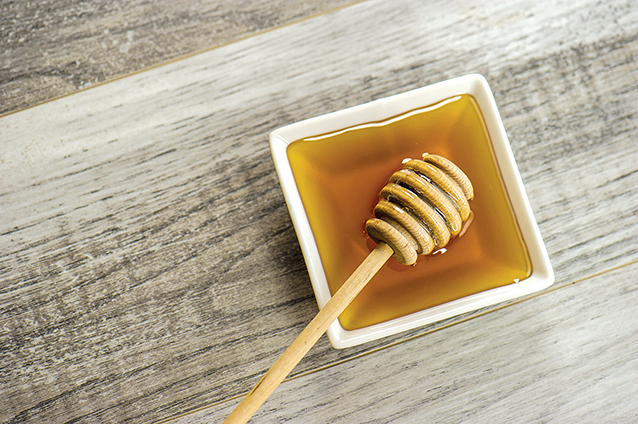Honey is an unsung hero of the pantry. Honey may not feature as the main ingredient in many dishes, but it’s often utilized to add flavor. And when stricken with sore throats, many people turn to honey to help alleviate that discomfort.
Despite its utility, honey does not garner much consideration from the average consumer. But that could be changing as shoppers are confronted with more options when they go to grab a jar of honey at their local grocery store or farmers market. One such option could be raw honey. The sight of raw honey at a grocery store or farmers market might prompt curious consumers to wonder what distinguishes it from more traditional honey. A basic rundown of raw honey can help consumers make a more informed decision.
What is raw honey?
Raw honey is honey extracted directly from a honeycomb. Raw honey is filtered to remove debris such as the body parts of dead bees, but the online honey resource Honey Traveler (https://www.honeytraveler.com/types-of-honey/raw-honey/) notes that ultra-fine filtering to remove pollen and other organic materials should not be part of the process when preparing raw honey for consumption.
What is the effect of filtering?
Basic filtering removes the debris noted above. But Honey Traveler reports that the micro-filtering process certain honeys undergo before they end up in grocery stores degrades the healthful properties of honey.
What about antioxidants?
The National Institutes of Health notes that antioxidants are man-made or natural substances that may prevent or delay some types of cell damage. Antioxidants have been linked to improved immune system function, which can help people fend off illness. (Note: The NIH notes that this benefit has not been attributed to antioxidant supplements.) Regular honey found on grocery store shelves is pasteurized, and a 2019 report in Medical News Today noted that many people believe the pasteurization process reduces antioxidant levels in honey. Raw honey is not pasteurized, and advocates for raw honey suggest this allows the product to maintain its natural antioxidant levels that help immune systems operate at full capacity.
Why does raw honey look different?
Some consumers note that raw honey does not always look the same or like other honeys on the shelf. The 2019 report from Medical News Today notes that this difference in appearance could be related to which flowers the bees pollinated. In addition, the cloudy appearance of raw honey is related to the filtering process. Micro-filtered honeys look more clear because of the more extensive filtering, while the cloudy appearance of raw honey can be attributed to less filtering. The inconsistent and cloudy appearance should not be interpreted as indicative of an inferior product.
Raw honey can now be found on many store shelves, giving consumers more to consider as they reach for a jar on their next trip to their local grocer.




